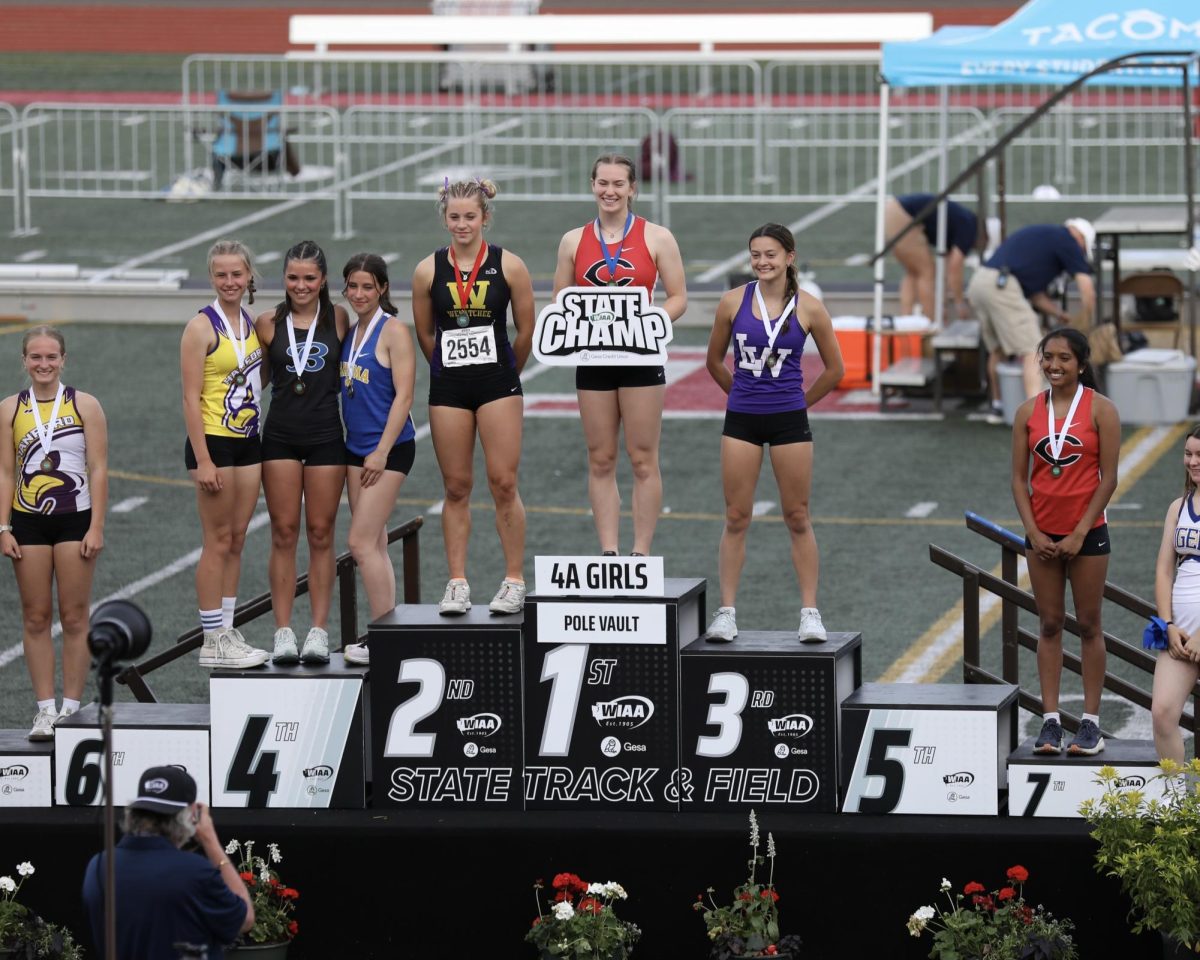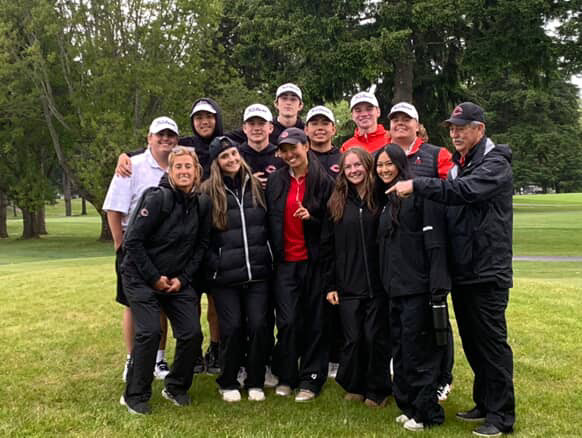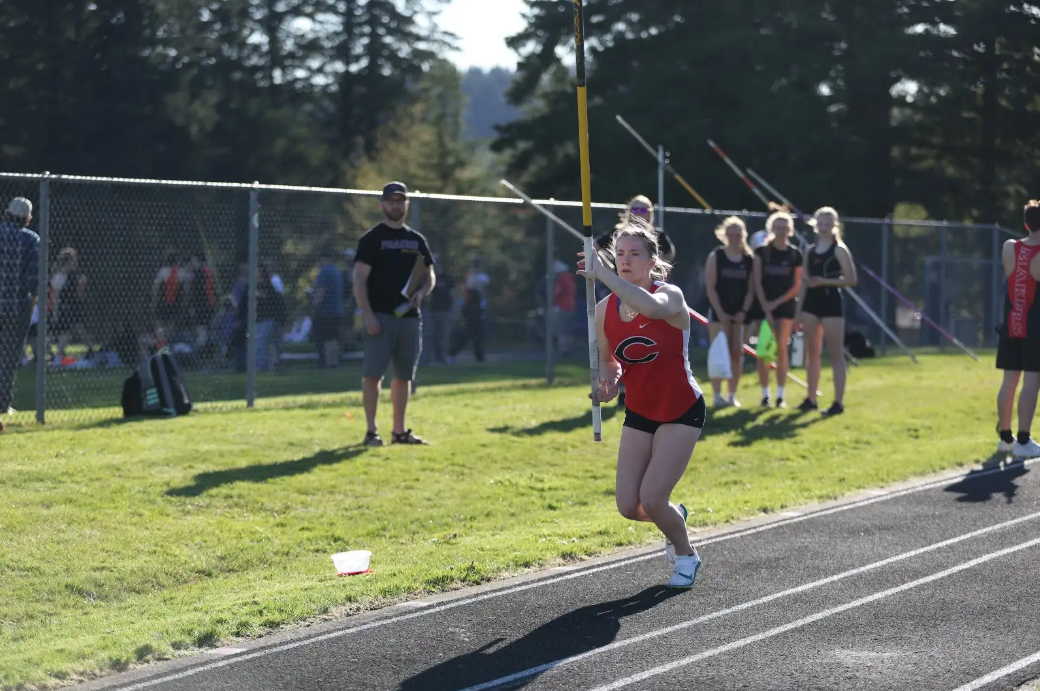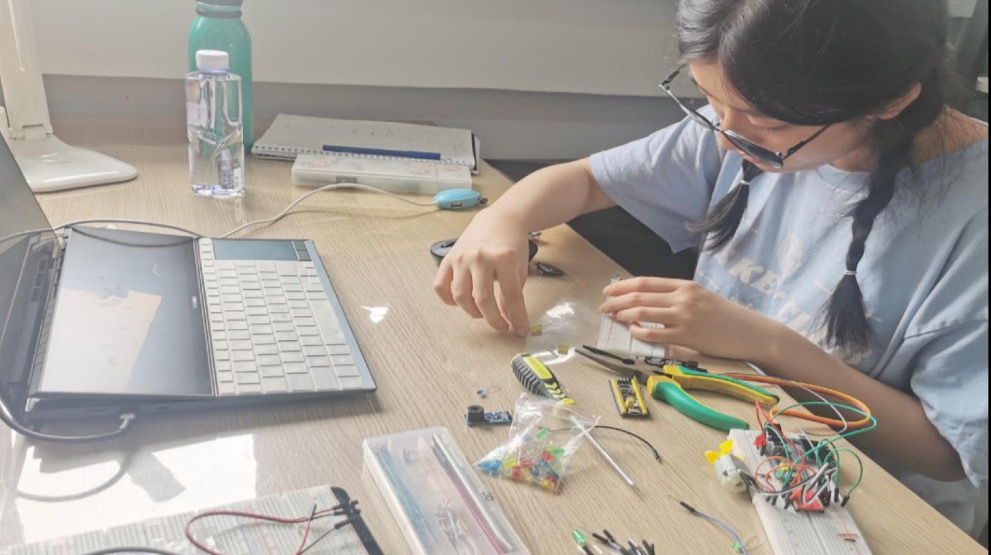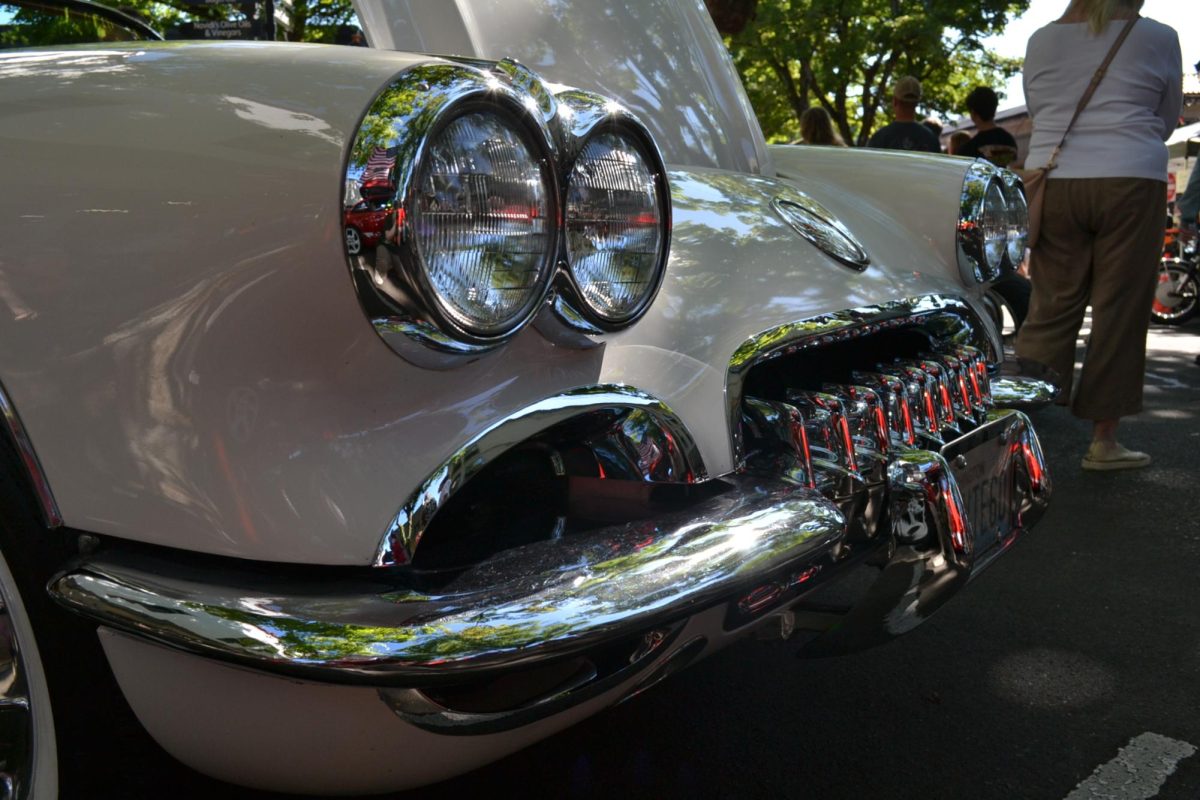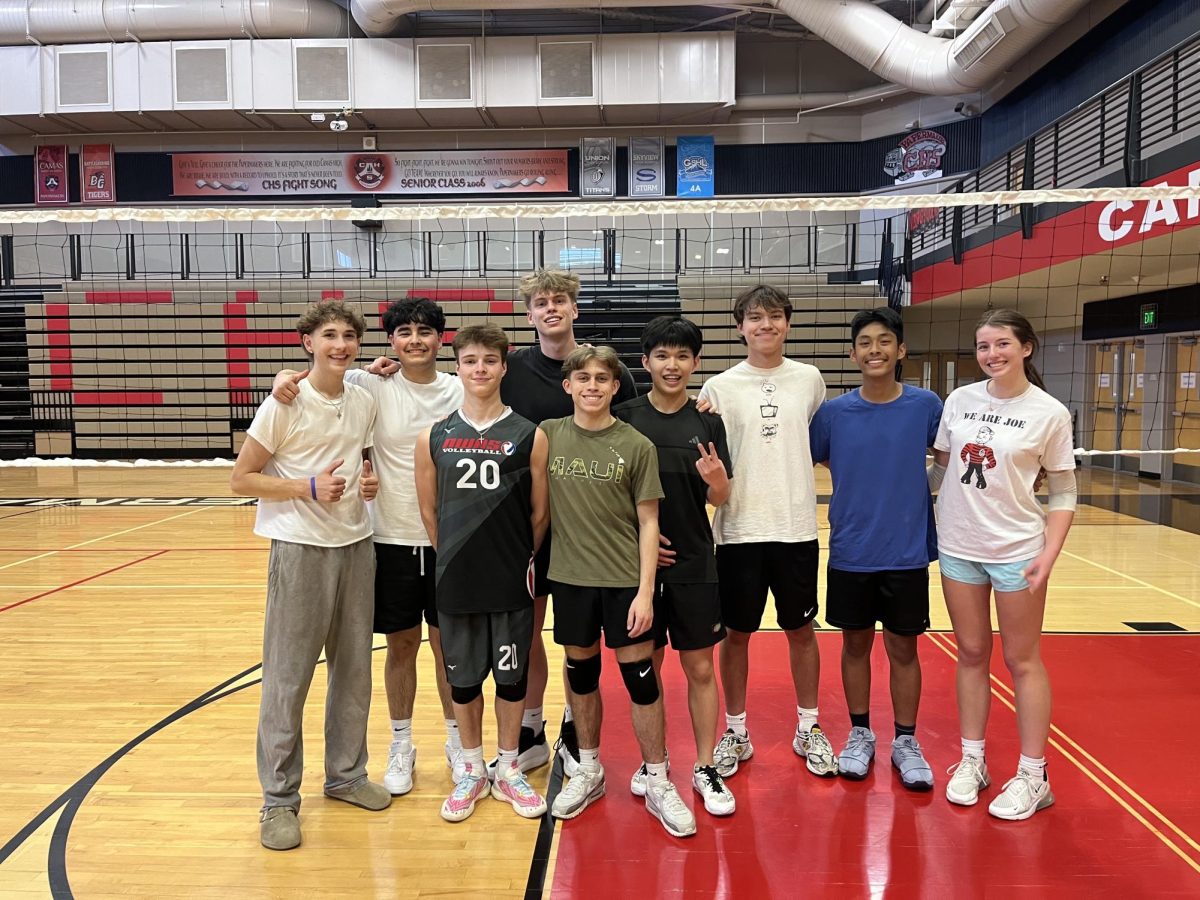
The Journey of a Camas High School Pole Vaulter
There are few sports that provide an equitable duality of emotions, forcing the audience to vacillate between awe struck gaping and pure terror for the athlete. Pole Vaulting is one of these rare sports that provides a true viewing experience, so it’s no surprise that these particular athletes are just as exceptional.
While most students choose more mainstream after-school curricular activities, like club meetings and afternoon jobs, Jacob Bedont decided to fill his spring afternoons down at Cardon Field, pole vaulting. Beginning his freshman year, he worked carefully to thrive in his chosen craft.
When asked about training alongside Bedont, teammate Riley Truitt, explained that “Jacob has a fantastic work ethic, he always balanced being incredibly focused, by also being a positive presence on the team, he really helped to create a strong sense of community for us all.”

This ability to provide that delicate juxtaposition of optimism, and leadership, while also stewarding attentiveness in both a practice and competition setting, are merely a partial summation of the qualities that give Bedont his intrinsic will to succeed, which are complimented by natural inclination and a clearly innate, almost instinctive, aptitude for this event.
Adam Jensen, a friend, and teammate of Bedont, reiterates this athlete’s phenomenal work ethic, explaining that the two of them have “pushed each other to work even harder, year and year” and that Bedont “never gave up, he would always stay late after practice, he would always work as hard and as long as he possibly could.”
Culminating in a trip to the Washington State 4A Track Meet; Bedont was able to place, clearing 13 feet, and ending the season on a high, with a personal best of 13’1″.
Witnessing competitive pole vaulting for the first time is truly an experience unlike any other. Upon leaving, the spectator is left to question a myriad of propositions, as to any layman, the sport looks to be more of a daredevil meets athleticism situation. Watching Bedont compete is almost ritualistic in a sense, as he makes it look nearly effortless and graceful, luring the onlooker into a false sense of security, a delusion of sorts that fabricates an idea that anyone can compete, a misconception that is quickly assuaged as the bar, quite literally, is set higher and higher.
In a rather cruel twist of fate and misfortune, Bedont, while competing in an indoor meet this past weekend, landed improperly, breaking both his tibia and fibula, rendering him unable to compete in his final track season this upcoming spring. While deeply saddened by recent events, Bedont finds a bit of light in his condition, committing to help support his team through this season, and in reflection claims, he will still get to watch the sport he loves, perhaps just from a different perspective. When asked to explain some of the biggest take aways and lessons that the sport gifted him with, he goes on to describe how he learned to be “patient with progress”, stating that, “There were times when it was really frustrating, being able to visualize what I should do, yet not being able to turn it into action. I was humbled, and yet made more confident.”

Jensen also comments on Bedont’s injury, and what this means for the upcoming season, stating that “The season isn’t going to be different without him because he is going to be there every step of the way, it’s both of us or nothing.”
Trials and hardships are inevitable throughout the journey of life. They generally come at a time that is felt to be the worst possible moment but are later considered to be a crucial junction at which growth and development towards self-efficacy is attained. Though this injury seemed to occur when it was least wanted, Bedont is able to see the insane amount of progress he was able to make, realizing he is literally “leaps and bounds” past where he began; and can move forward, looking at this instance of trauma not as a setback, but rather as an opportunity to soar to new heights.

